Northeast Wisconsin Businesses Hard-Pressed for Workers in the Pandemic
Wisconsin Watch
July 22, 2021 • Northeast Region
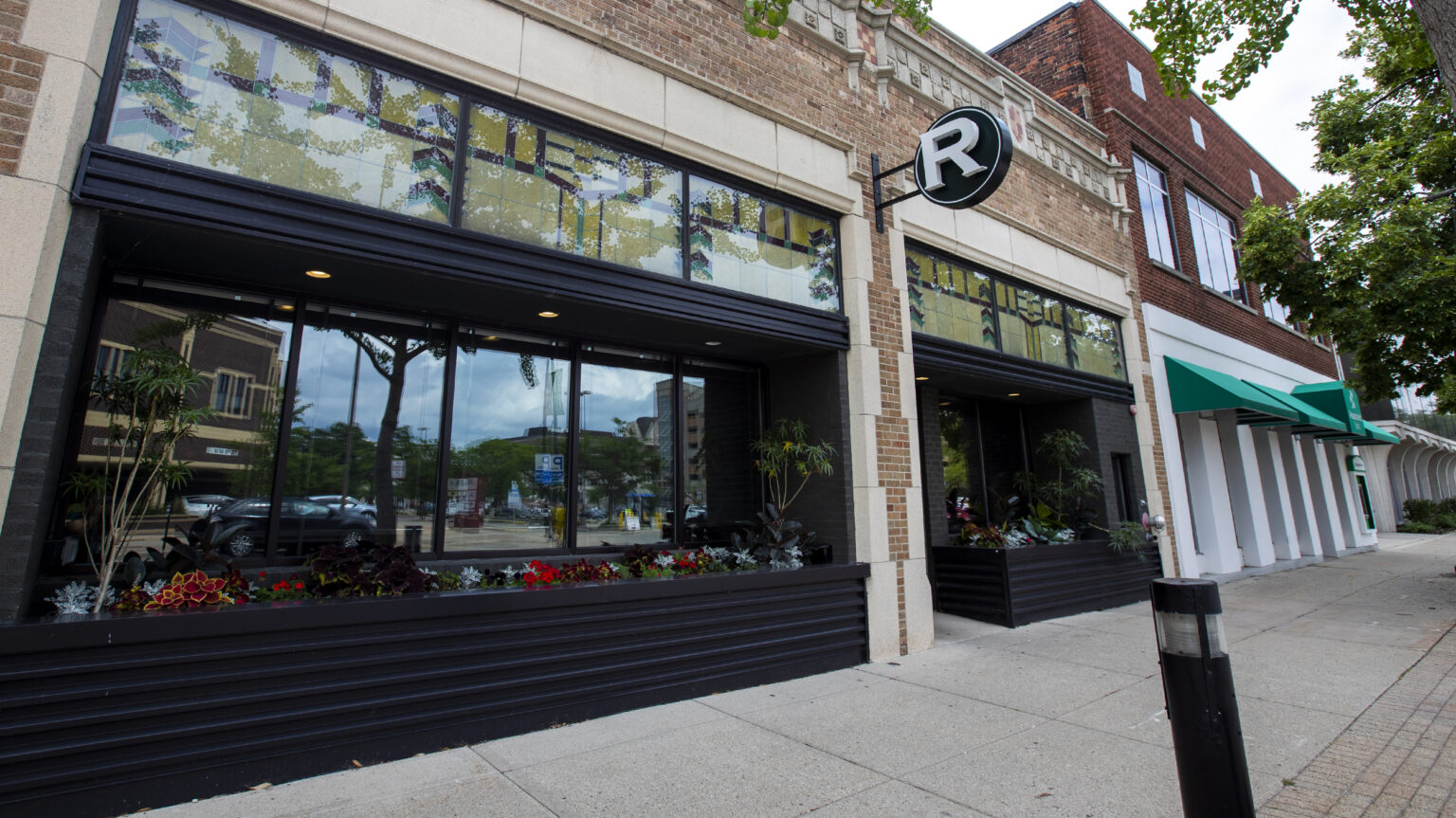
The Republic Chophouse is located in downtown Green Bay. (Credit: Samantha Madar / Green Bay Press-Gazette)

Natalie Brophy, Appleton Post-Crescent
Patrick Neph is limiting reservations at his Green Bay steakhouse because he doesn’t have enough staff to serve a full house.
Neph owns Republic Chophouse and the soon-to-open Mangiare, an Italian restaurant just down the street. Between the two eateries, he needs to hire 10 to 15 more employees. But ever since he had to shut down Republic Chophouse in March 2020 for eight weeks due to the COVID-19 pandemic, he has struggled to find employees.
Before the pandemic, the only position Neph ever had trouble filling was line cooks, but now he needs servers, hosts, bartenders and people to work in the kitchens. Some nights, he only has five servers when usually he would have more than 10. Frequently, the kitchen only has three or four line cooks when it needs six to be fully staffed.
“Getting labor is astronomically tougher than it was,” Neph said. “And it’s across the board on every position.”

Patrick Neph, owner of Republic Chophouse in downtown Green Bay, Wis., poses at the restaurant’s bar. Neph has struggled to find enough workers to fully staff the business and a second restaurant, Mangiare, which he is readying to open just down the street. (Samantha Madar/ Green Bay Press-Gazette)
Neph’s situation is not unique. Across Wisconsin, employers say finding workers is their top headache. The struggle predated the COVID-19 pandemic, but the problem has intensified as the U.S. economy roars back to life.
More than 110,000 positions are open on the Job Center of Wisconsin website, while the state unemployment rate sits at 3.9%, roughly the level seen immediately before the pandemic, according to the state Department of Workforce Development.
In northeastern Wisconsin, the unemployment rate is even lower. As of May, unemployment in Appleton was 3.1% and 3.5% in Green Bay.
Many Northeast Wisconsin employers are at a “desperation stage” when it comes to staffing, said Matt Valiquette, executive director of the Bay Area Workforce Development Board.
“We have proof of that, in the form of businesses that are reducing their hours and are limiting their options,” Valiquette said. “They just simply do not have the staff to maintain a full operational tempo.”
Shortage of workers not limited to one industry
Ryan Batley, general manager of the Best Western Premier Bridgewood Resort Hotel & Conference Center in Neenah, said he needs about 20 more staff members to run his hotel and attached restaurant.
He’s used to having a stack of resumes from eager applicants, but now, the hotel can barely find enough people interested in applying, let alone come in for an interview and accept an offer.
The shortage is straining the facility’s staff.
“(Managers) are struggling to run a full shift with the full staff they have, in addition to any call-ins or no shows,” Batley said. “There’s long days, long weeks, it’s tough to get people time off right now.”
The headaches extend beyond the hospitality industry.
Ahlstrom-Munksjö, a specialty paper products manufacturer with four Wisconsin locations, is battling retirements of experienced workers and struggling to find replacements who want to come in at an entry-level job and take on papermaking as a career, said Addie Teeters, head of marketing communications and public affairs for the company in Kaukauna.
“We’re seeing more retirements,” Teeters said. “People who have been papermakers their entire careers are starting to retire and we need to start adding bench strength and knowledge, letting our seasoned professionals really train and teach our next generation of papermakers.”
Experts warned long before the pandemic that Baby Boomer retirements and falling birth rates would challenge Wisconsin employers.
Workforce experts said severe labor shortages can emerge in some sectors at any point in time. The current struggles are spread across multiple areas, including manufacturing, transportation, health care and restaurant and service industries.
“There are definitely big differences just in terms of which industries have surpluses and which ones have shortages (of workers),” said Ryan Long, a regional economist with the Wisconsin Department of Workforce Development.
Northeast Wisconsin is already seeing the long-term impacts of the labor shortage — supply chain disruptions, limited economic growth, businesses cutting back services or hours — and these problems will only worsen as the shortage persists, said Eric Vanden Heuvel, vice president of talent and education with the Greater Green Bay Chamber.
To combat the shortage, the Green Bay chamber of commerce recently launched a program aimed at attracting workers from other parts of the state, country and even the world to Northeast Wisconsin.
Employers increase wages and other job perks and benefits
To entice job hunters to come work for their company, employers have started to raise wages, offer sign-on and retention bonuses, and expand benefits.
Ahlstrom-Munksjö has raised its entry-level wages to between $20 and $22 an hour, and ended a requirement that prospects need a high school diploma or GED to be hired.
The Bridgewood Resort has raised starting wages for employees, and the hotel offers full benefits, complementary use of certain hotel facilities, and room and food discounts.
Neph’s restaurants offer health insurance and other benefits for full-time employees, and staff will have the option to work at both Republic Chophouse and Mangiare to get enough hours to qualify for those benefits. Neph has also raised wages. Pay for non-tipped workers has been increased between 20% and 25%, he said.
Despite the boost, all three businesses are struggling to fill positions. Many employers and political leaders point to more generous jobless aid given during the pandemic for holding back hiring.
Republican lawmakers passed legislation in June that would eliminate the extra $300 per week that unemployed people have received, but Gov. Tony Evers vetoed the bill. The payments are scheduled to end in September, reducing the maximum weekly unemployment check to $370.
Assembly Speaker Robin Vos said the money incentivizes workers to stay home.
But, experts say the issue is more complex than that. The pandemic exacerbated an already shrinking labor market that’s not being replenished by people moving to the state or immigrants filling positions.
At $670 a week, the state’s maximum unemployment benefit, including the additional $300 federal payment, comes out to about a $15 an hour job, although far from every jobless worker qualifies for maximum benefits. So, jobs paying below $15 an hour may have a hard time competing with the government-provided benefits, said Valiquette, of the Bay Area Workforce Development Board.
He thinks the extra money has “served somewhat of a financial disincentive for some folks to return to the workforce,” but cautions it is not one of the main factors.
“That’s just been one of those additional contributing factors that has made the situation more grave than it already was,” Valiquette said.
Removing the extra unemployment benefits “is not going to solve the issue,” said David Thiel, executive director of the Waupaca County Economic Development Corporation. This is a decades-long problem, he said, and those people not working now will likely return to the labor force once the pandemic unemployment benefits run out. And early research casts doubt on claims that ending federal jobless benefits early has significantly eased workforce shortages in other states.
Fox Valley Workforce Development Board CEO Anthony Snyder said he has “no doubt” that there are people taking advantage of the extra benefits and choosing not to work, but he is more concerned that there are still people out there, likely parents who had to leave the workforce to take care of their kids when schools and daycares shut down, that still need the money.
People across Wisconsin who lost work during the pandemic cite a range of hurdles to rejoining the workforce. Those include health concerns, a lack of child care, mismatches between skills and openings, transportation issues and financial damage from the state’s failure to deliver unemployment compensation quickly or at all.
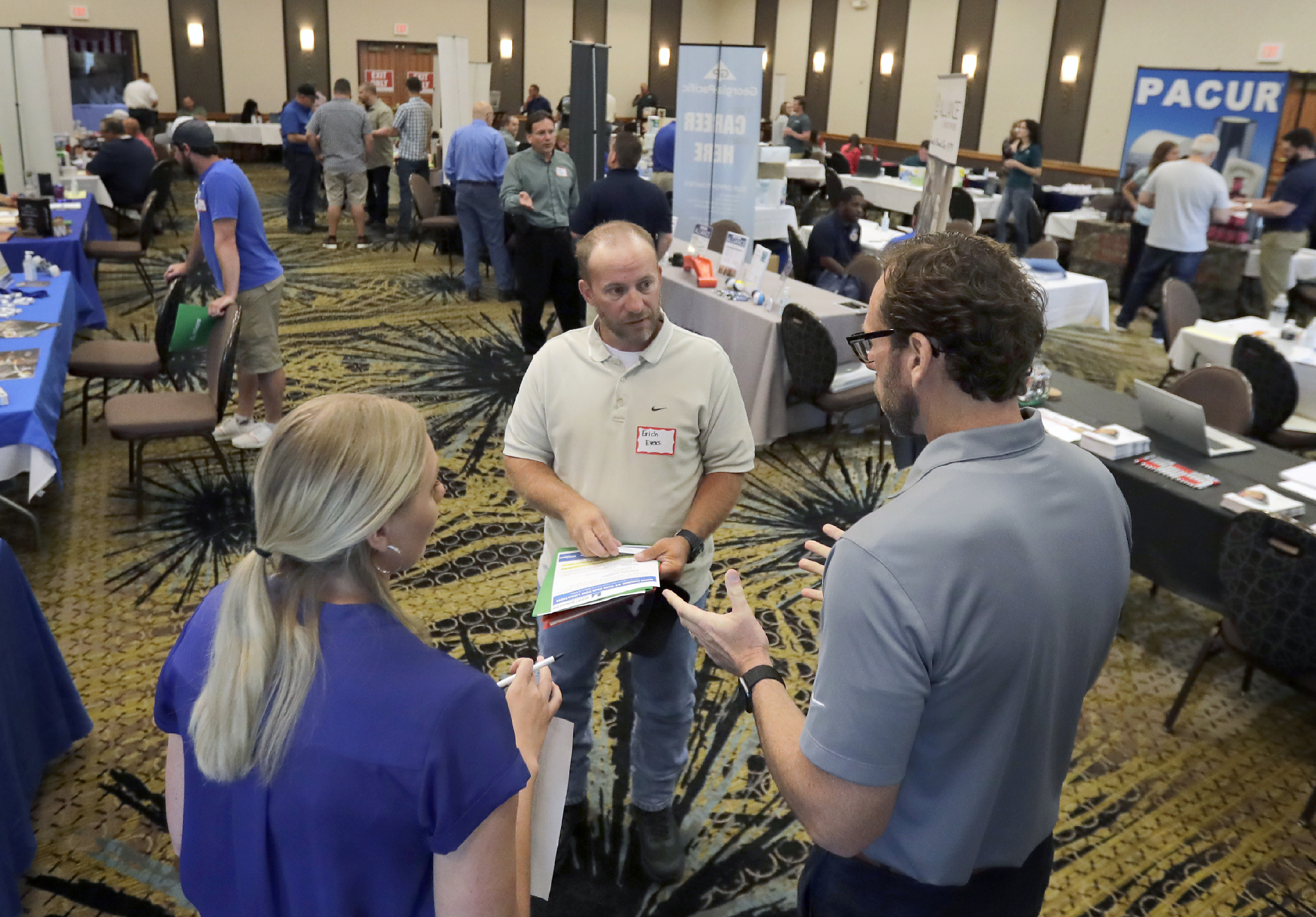
Erich Evers, center, talks with Katelyn Vande Hei and Ryan Scherer of Miller Electric during a private job fair for Clearwater Paper Employees on June 15, 2021 in Neenah, Wis. The Fox Valley Workforce Development Board held the job fair exclusively for the 285 workers who will lose their jobs when Clearwater Paper Corporation closes its Neenah plant in July 2021. (Wm. Glasheen/Appleton-Post Crescent)
Women, wages, flexibility will play role in recovery
Of those who lost or had to leave jobs due to the pandemic, women were the most affected. Between February 2020 and February 2021, 2.4 million women left the workforce, according to a report from Emsi, a labor market analytics firm.
“The jobs that women typically have held, and I don’t want to paint with a broad brush, but typically the roles in hospitality, such as servers, housekeeping, hotels, those are women who have those jobs and when those jobs got eliminated, they were the ones that got cut,” Snyder said. “So it was a combination of being laid off because hospitality just died, or they had to leave to go care for others.”
Globally, COVID-19 is reversing the important gains made over the last decade for women in the workforce, according to PricewaterhouseCoopers’ Women in Work 2021 Index, which found progress for women in the workforce could be back at 2017 levels by the end of the year.
Snyder said he hopes most of these women can return to the workforce when schools reopen for in-person learning in the fall, but some may never come back.
On average in Wisconsin, to earn a living wage, a single adult needs to make around $14 an hour, a single parent with two children must earn more than $38 an hour, and two working parents with two children each need to earn around $21 each, according to the Massachusetts Institute of Technology living wage calculator.
MIT’s calculations take into account the cost of a family’s likely minimum food, child care, health insurance, housing, transportation, and other necessities such as clothing and personal care items.
“If employers can’t afford in their business plans to increase their wages, they’re going to fall out of competition,” Valiquette said.
Workers are also looking for more flexibility from their employers, whether that’s the option to work from home or choose their own hours.
Much of this is a generational mindset difference, Valiquette said, but the pandemic also showed that businesses could still run smoothly while offering employees flexibility.
Obviously, not all employers are able to offer remote work options or flexible hours. But those who can will attract more applicants.
“Those companies that can adjust the quickest will likely find themselves much further ahead, and at a greater advantage compared to their competitors when it comes to competing for workforce,” Valiquette said.
This story was reported by Natalie Brophy of the Appleton Post-Crescent. It is part of the NEW (Northeast Wisconsin) News Lab, a reporting collaborative that includes Wisconsin Watch, WPR, the Green Bay Press-Gazette, the Appleton Post-Crescent, the Press Times, FoxValley365 and the University of Wisconsin-Green Bay. It is funded by Microsoft through local community foundations in northeastern Wisconsin.
 Passport
Passport




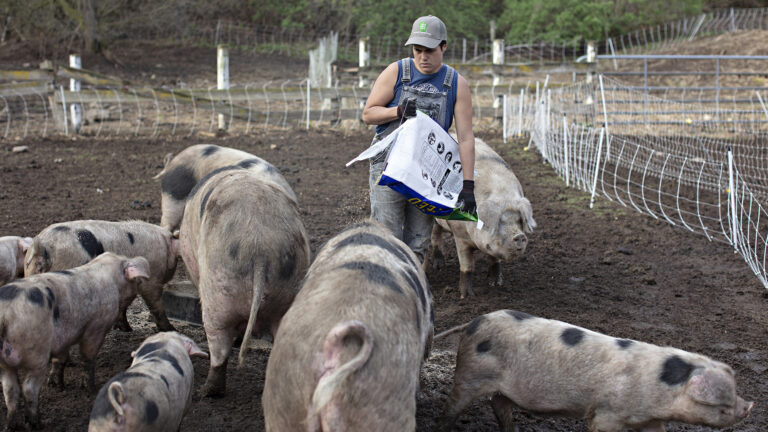
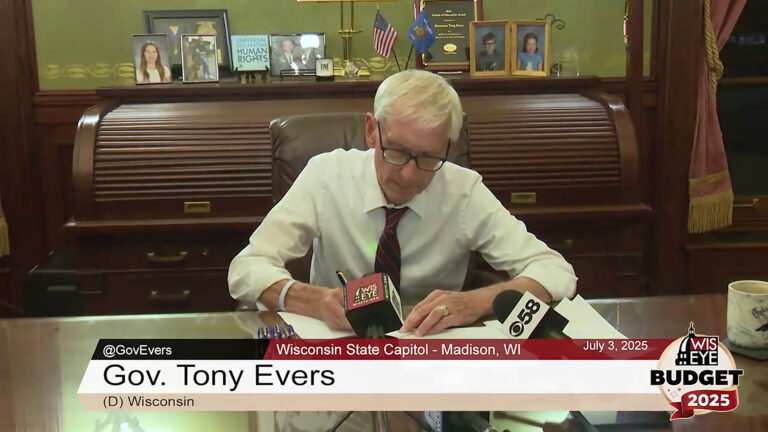


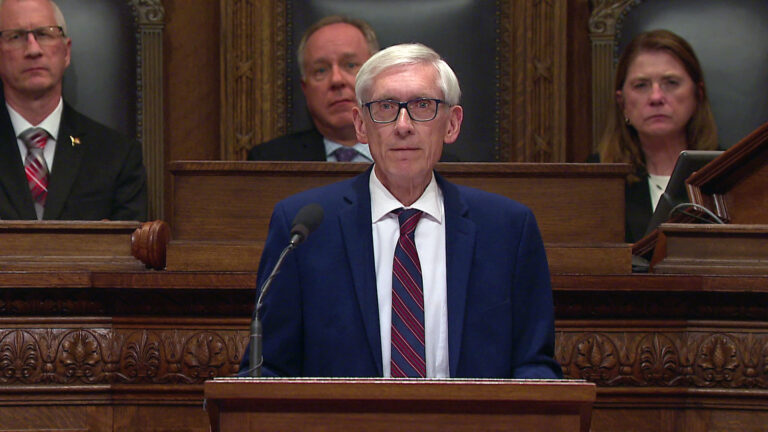
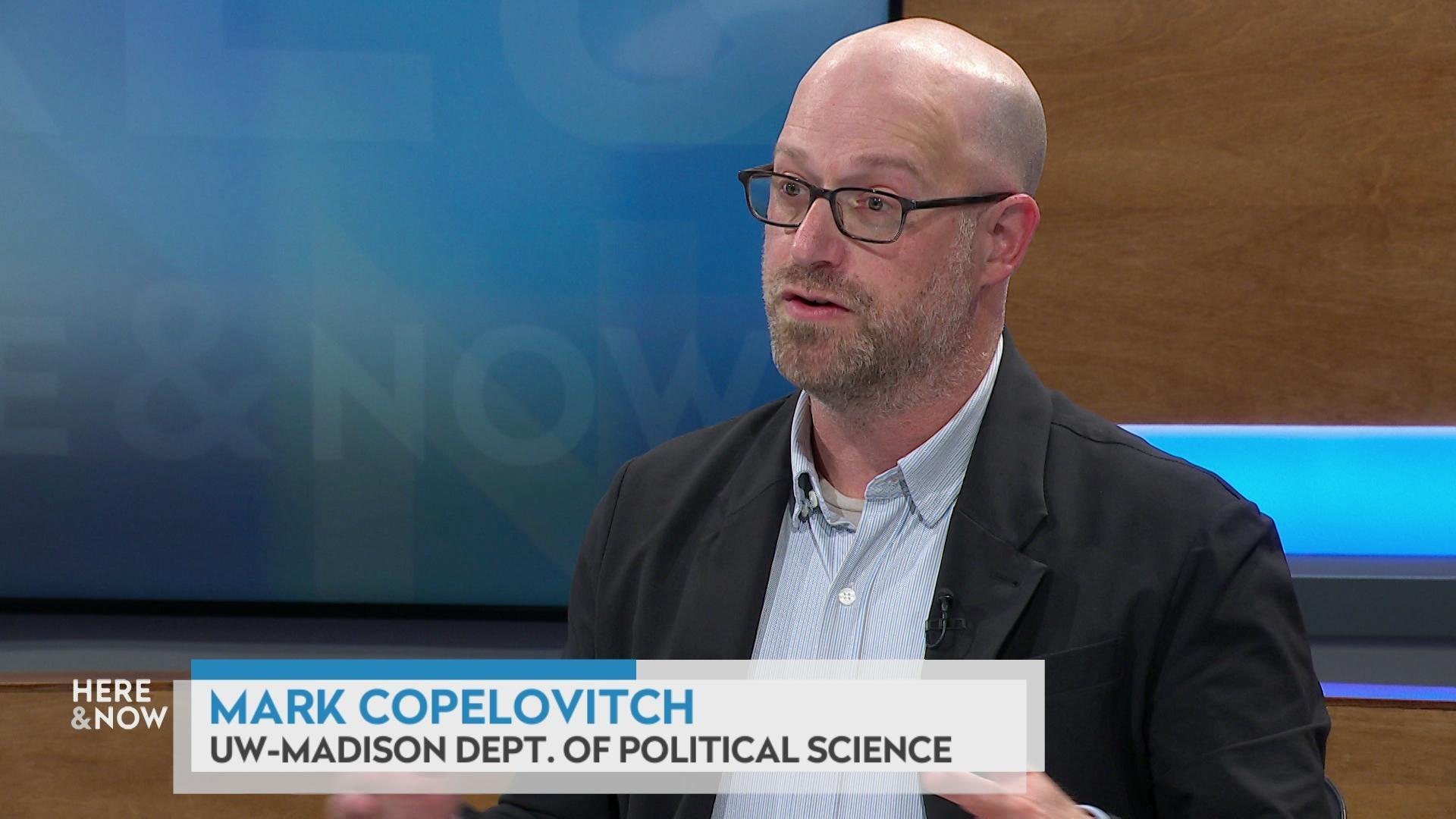

Follow Us